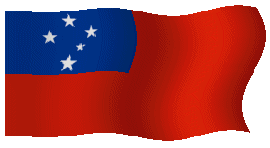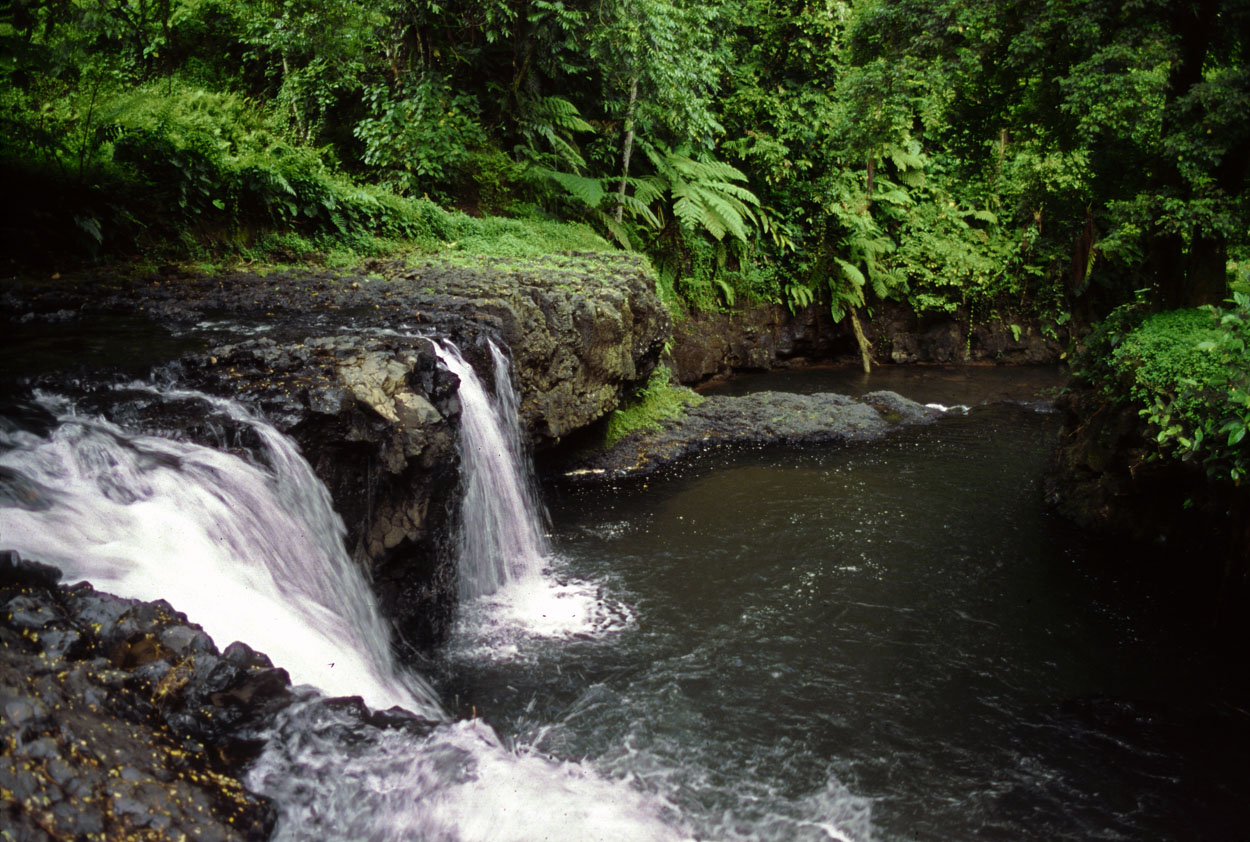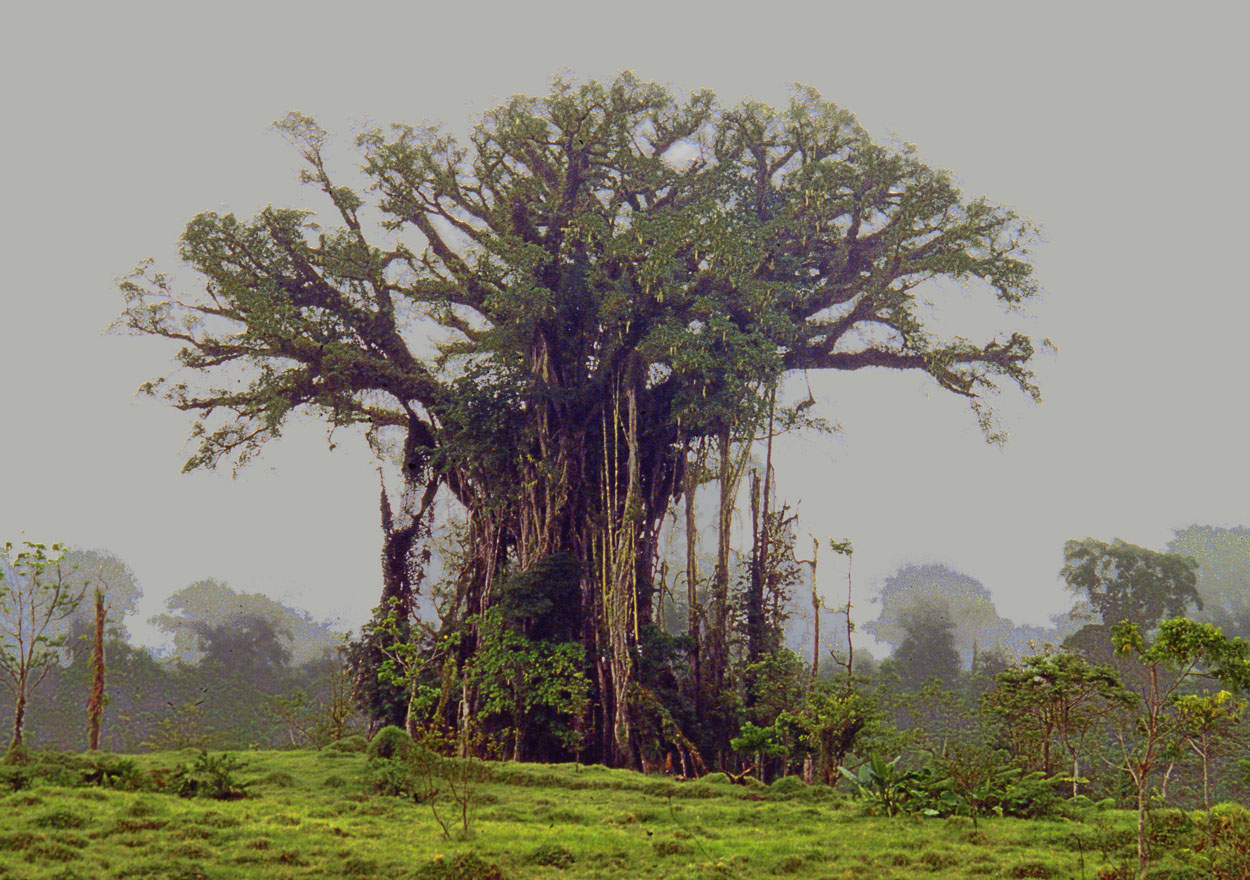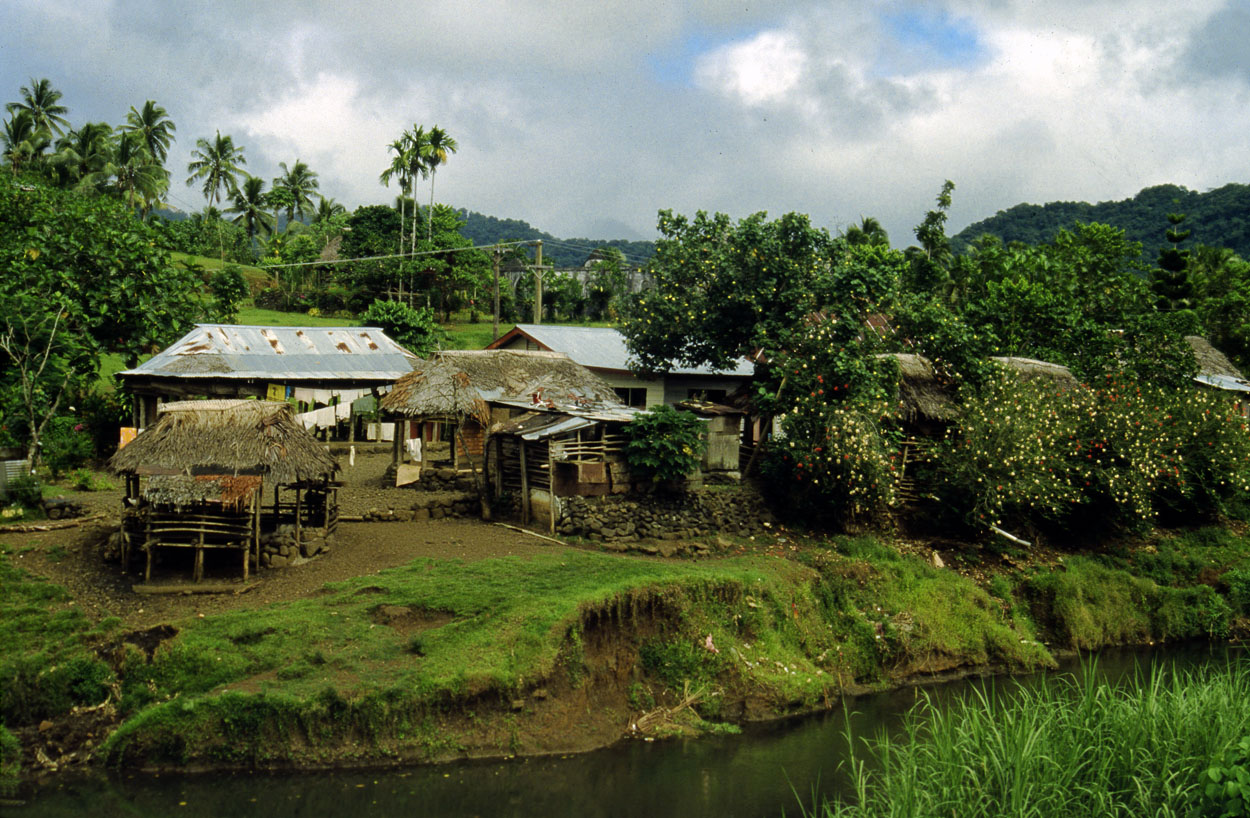|
Geography
Samoa, formerly Western
Samoa (when I visited it in 1986), is a Polynesian South Pacific 10 island
group about 2,300 miles southwest of Hawaii. The islands are volcanic in
origin with the highest point on Savai’i at 6097 feet. Its two main
islands are Upolu and Savai'i . The largest and highest (6097 feet) of
these is Savai'i, which covers 622 sq miles of tropical verdant terraine.
The second largest is Upolu, 8 miles southwest across the Apolima Strait.
Upolu Island is the home of Samoa’s capital – Apia. The grave site of Robert
Luis Stevenson, Falefa Falls and Aggie Grey’s Hotel is the one I visited
and shown on this web page
History
Polynesians (possibly from Tonga) first settled in the Samoan islands
about 1000 B.C. Dutch and
French traders first explored the region in the
18th century. In an 1899 treaty the sphere of influence
was
divided between the USA over American Samoa and Germany over Western
Samoa. In 1914
New Zealand seized Western Samoa from Germanyand in 1946
it beaame a United Nations Trust Territory
administerd by New Zealand. A resistance movement known as the Mau helped
to steer Western Samoa toward independence and it became a self governing
constitutional monarchy on
January 1, 1962. In 1997 Western Samoa’s
official name was changed to Samoa.
Links:
http://en.wikipedia.org/wiki/Samoa
http://www.lonelyplanet.com/letters/pac/wsa_pc.htm
http://www.samoa.co.uk/samoa.html
http://www.greatestcities.com/Oceania/Samoa/Apia_town_state_capital.html
|






